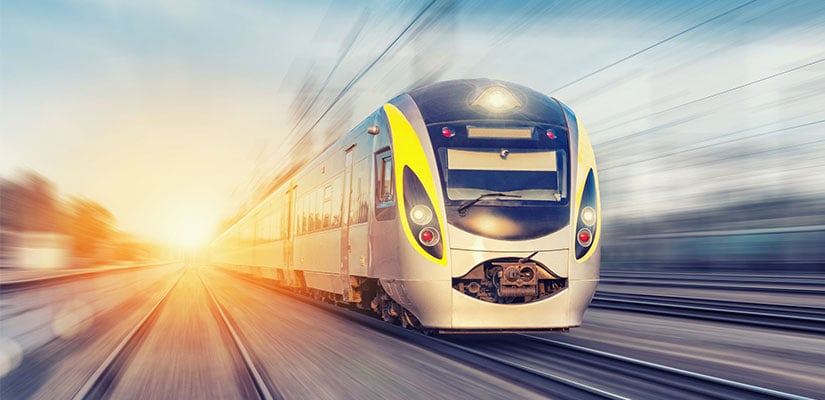
Composites could be widely used throughout the railroad industry for things such as car design, cross-ties and hot rails. Use of composites would reduce energy usage, track repair costs and improve corrosion resistance.
In 2014, Lucintel's CEO, Dr. Mazumdar, wrote about what he saw as the latest trends in composites technology. He expected the predictions he included on his list of innovations to take place over the next 50 years. We put together a list that includes Dr.Mazumdar's forecast and a few additions of our own.
- The lightweight characteristics and cost reduction factor of composites will continue to fuel innovations in the airplane, automotive and wind energy industries. Automobiles in particular are feeling the pressure to reduce fuel consumption so expect to see more manufacturers utilizing carbon composites.
- Expect the aerospace industry to use carbon nano-reinforced polymers (CNRP) to replace parts currently made with other types of composites. CNRP composites are stronger and offer 30% less weight.
- Wind energy manufacturers will use carbon fibers in the wind blades, will increase the length of the blades, and increase turbine capacity. An increased emphasis on resins will help to create the longer blades.
- The increased focus on green technology will result in high strength fibers to increase penetration in manufacturing. Nano-resins, as well as bio-resins, will impact other industries as manufacturers react to the greening of US markets.
- Researchers recently called for changes in railroad industry regulations in order to allow the use of composites in railroad car design in Europe. Constructing railroad cars from composites could reduce their weight by 30%. The lower weight would result in 5% energy reduction as well. REFRESCO was a 30-month European project to set the framework to create railroad cars from composite materials. Planners created REFRESCO to provide the information necessary to revise the current regulatory scheme that prohibits the use of composite materials in railway cars. REFRESCO had 18 partners in the railroad industry, railroad supply industry, rail operators, as well as university and research partners. The project ended in February 2016 and the group submitted their call for changes in the regulatory system.
- In the US, composites have found their way into locomotive nose covers, electric box enclosures and as insulators. The newest composites innovation in the railroad industry occurs when replacing old wooden cross-ties. The cost of composite ties is twice that for creosote-coated wooden railroad ties; however, the wooden ties are subject to degrading by water, temperature, insects, and have a short lifespan (up to 5 years). In comparison, composite railroad ties are not affected by water, temperature or insects, do not need creosote coating, and have a much longer lifespan (up to 40-50 years). When you factor in that replacing wood railroad ties in the US amounts to a cost of $900 million a year, it is easy to see the benefit of changing to composites.
- Composites also appear in the covers for "hot rails", the third rail in modern, electric-powered railroads. LRM Industries applied its patented composite process to produce chopped glass/polypropylene covers to the third rails in Florida. The company expects that the covers will provide protection from the humid and salty Florida air to prevent electrical arching, corrosion and track debris.
- Other composites set to address the lightweight needs of the railroad industry are sheet molding compounds, and modified epoxy glass. Composites that are ripe for fabricating lighter cores include balsa, foam, aluminum honeycombs, and cork composites. They all provide stiffness while providing a lightweight core. Finally, bio-resins, together with natural fibers, have sustainability. They can create lightweight components for interior/exterior structural components.
To learn more about innovative composites in the train industry, read the Composites Today article entitled "Calls Growing for Rail Legislation Change to Allow Composites".




